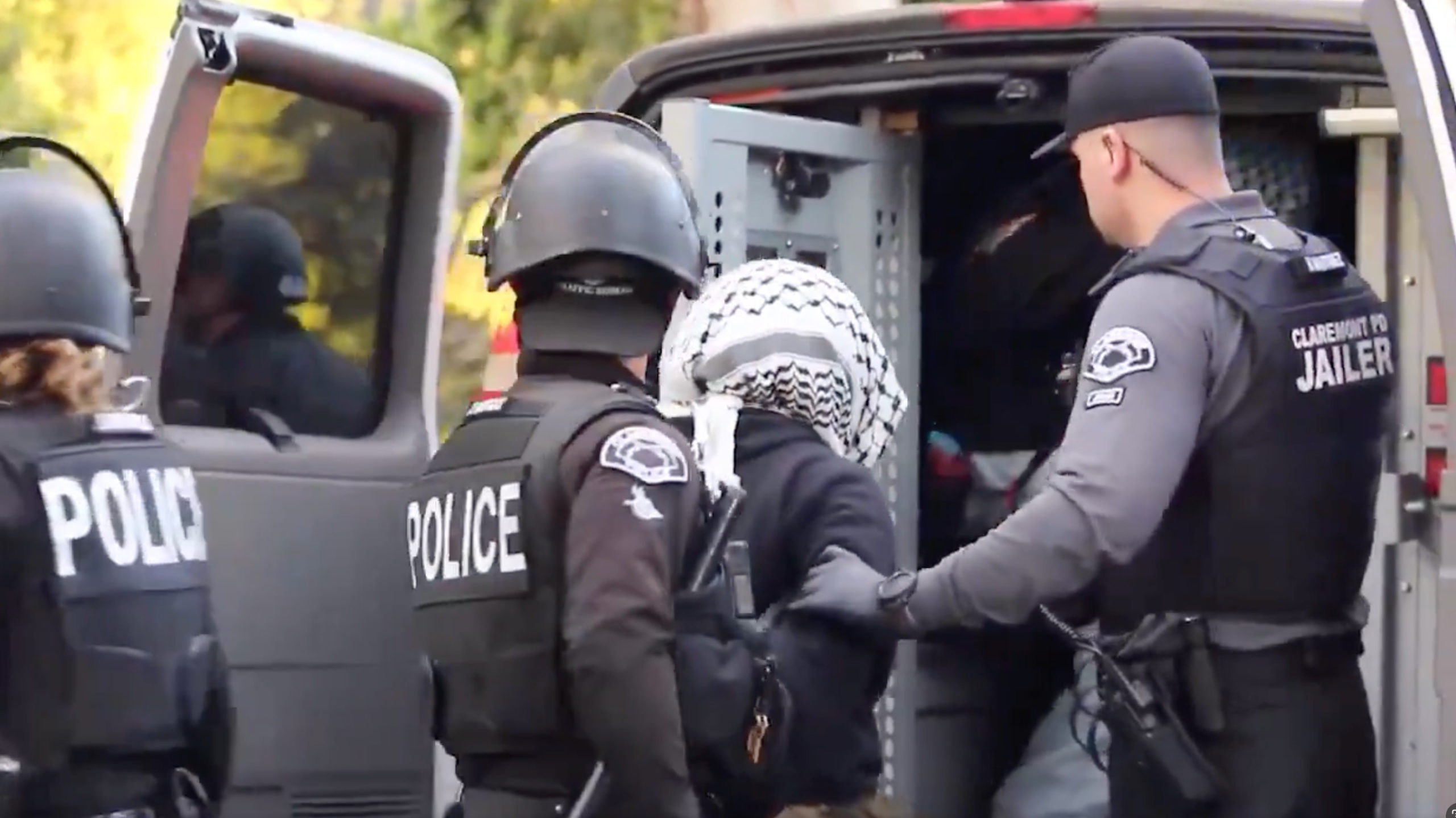After years of deadlock and recrimination over Brexit, Britain is heading for another early general election in December to try to settle the matter. The promise by Boris Johnson, the prime minister, to get Brexit done by October 31st, “do or die” has been killed off by Parliament. But at the fourth time of asking, on October 29th he secured backing for an early election after agreeing to set aside temporarily his EU withdrawal bill.
Britain will thus go to the polls for the third time in less than five years on December 12th to elect 650 Westminster mps. Mr Johnson will be hoping to improve upon the disastrous performance of his predecessor, Theresa May, whose snap election in 2017 backfired. Her Conservative Party threw away a 17-seat majority, and had to govern as a minority government with a “confidence and supply” deal with Northern Ireland’s Democratic Unionist Party. That has blocked the government’s ability to pass Mrs May’s and Mr Johnson’s Brexit deals, as well as the threat to leave without a deal.

BRITAINWhat would happen in a hung parliament?

NEWSWalking the wall: my Brexit hike in northern England

The election is particularly hard to predict, for two reasons. First, Britain’s electoral landscape has changed markedly. The country has become polarised into Leave and Remain camps. At the same time, the old two-party system has fragmented into more of a four-party configuration; in addition to the Conservatives and Labour, the strongly pro-Remain Liberal Democrats and the avidly pro-Leave Brexit Party both poll in double figures. Moreover, Scottish and Welsh nationalists have drawn support.
A second factor is that, under Britain’s first-past-the-post electoral system, in which seats are allocated to candidates who win a plurality of votes in their constituencies, voters are increasingly likely to vote tactically—switching parties to maximise support for the strongest Leave or Remain candidates.
Our general-election tracker aggregates data from half a dozen polling firms to give a sense of where national sentiment lies, but does not predict the distribution of seats*. It should be read with caution.
Demographics
We have also aggregated data for key voter groups: by age, occupation and region.
Voting intention by age
From 20152019Jan 2019MarJunSep0102030405060702015 electionEU referendum2017 electionEuropean electionsDec 10th 2019Dec 10th 2019UKIP 1%UKIP 1%Brexit 1%Brexit 1%Green 3%Green 3%Lib Dem 11%Lib Dem 11%Con 25%Con 25%Lab 54%Lab 54%All18- to 34-year-olds45- to 54-year-olds65 and older
Since the eu referendum in June 2016 Britain has become a country that votes increasingly by age. Jeremy Corbyn, the avowedly socialist Labour leader, enjoyed a cult-like status among many young people going into the 2017 election. He will be hoping to energise the young once more, yet he faces a battle with the Liberal Democrats for their vote.
Voting intention by occupation
From 20152019Jan 2019MarJunSep010203040502015 electionEU referendum2017 electionEuropean electionsDec 10th 2019Dec 10th 2019UKIP 0%UKIP 0%Brexit 1%Brexit 1%Green 3%Green 3%Lib Dem 14%Lib Dem 14%Lab 34%Lab 34%Con 44%Con 44%AllWhite-collarBlue-collar
The Tories may not seem a natural home for many blue-collar workers†. But Mr Johnson—who was educated at Eton, Britain’s most famous private school, and speaks with a posh accent—is a charismatic leader. He also promises to invest in Britain’s beleaguered public services and to leave the EU quickly. As a result the Tories now attract nearly as many blue-collar voters as Labour do. At the same time Labour’s softer line on Brexit has won it support among rich folk who might otherwise balk at Mr Corbyn’s left-wing manifesto.
Voting intention by region
From 20172019Jan 2019MarJunSep010203040502015 electionEU referendum2017 electionEuropean electionsDec 10th 2019Dec 10th 2019UKIP 0%UKIP 0%Brexit 3%Brexit 3%Green 4%Green 4%Lib Dem 15%Lib Dem 15%Con 35%Con 35%Lab 42%Lab 42%AllLondonSouthMidlandsWalesNorthScotland
The Conservatives hope to gain seats in Labour’s pro-Brexit northern heartlands and Labour will want to make gains in pro-eu metropolitan constituencies. The snp is expected to wrestle more votes from the other parties in Scotland and add to their tally of 35 seats out of a possible 59.



